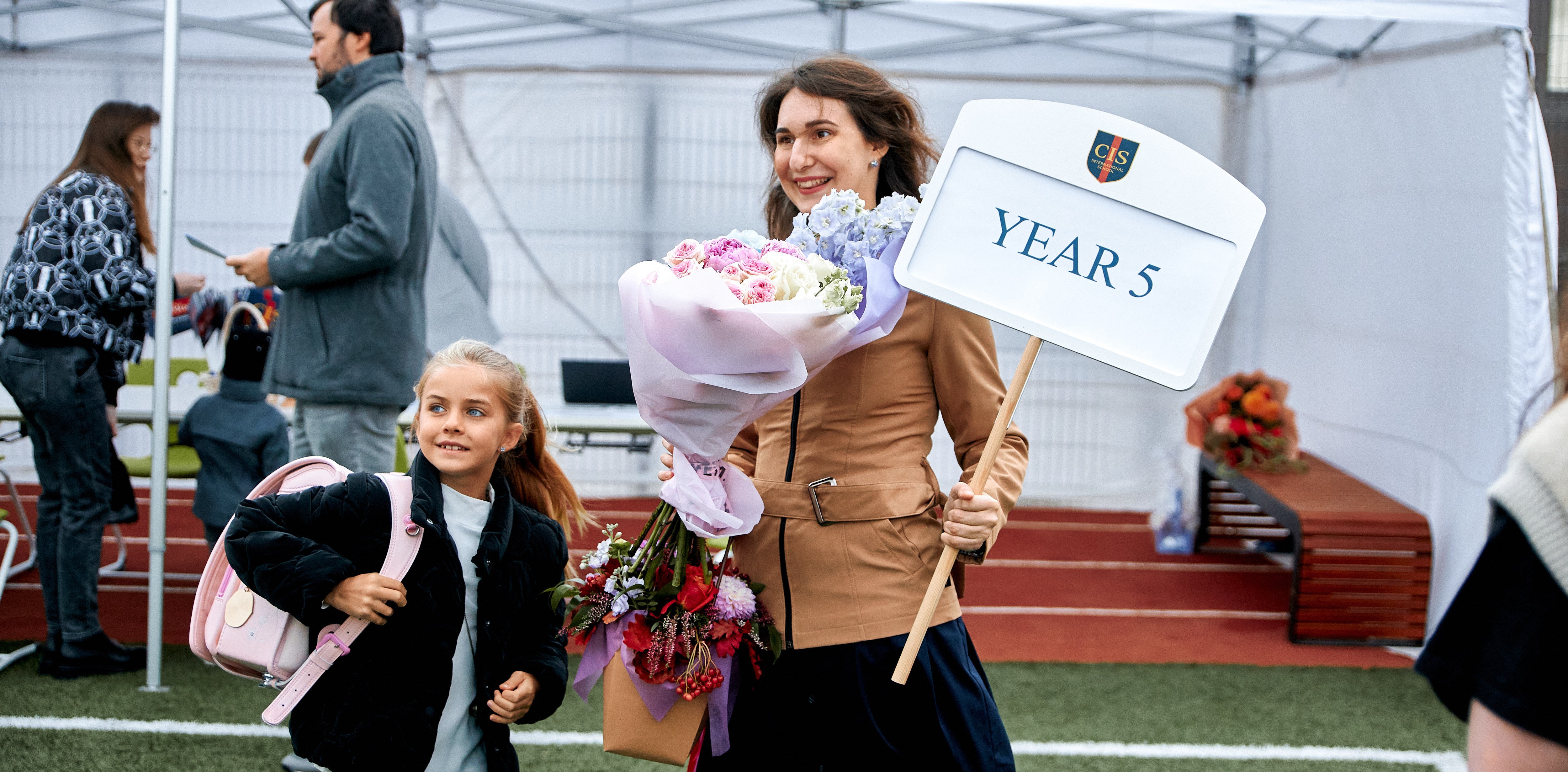
A private school is a place where the learning environment is created thoughtfully and independently. It brings together strong teachers, modern programmes and a culture where every child learns with confidence and genuine interest. More and more families choose this format because it combines high academic standards, individual attention and a warm, supportive atmosphere.
How a private school differs from a public school
Private schools are not tied to a single national programme. They can expand the curriculum, introduce modern teaching methods, strengthen language learning and give children more hands-on experience. This is not an “alternative” to public education — it’s a format for families who value flexibility, active teacher involvement and a personalised learning path.
In a private school, children receive the teacher’s attention, feel comfortable asking questions, take part in projects and try different subjects.
At Cambridge International School, for example, Year 2 students explore the topic of “Home” through practice: they build a model neighbourhood, measure area, discuss materials and draw conclusions. This helps them understand how knowledge applies to real life.
Private schools also offer international programmes, a bilingual environment and extended extracurricular activities — ideal for children who need more challenge or deeper subject studies.
Choosing between a private and a public school
Public schools follow one standard programme and are limited by unified requirements. Private schools offer more freedom: they vary subjects, introduce extended courses, include project-based learning and run modular sessions.
A CIS example from our Secondary School: the annual English-language debate module. Students learn to build arguments, present confidently and analyse an opponent’s position. This develops speaking skills and critical thinking — opportunities rarely available in public schools.
If parents value 21st-century skills and an individual educational trajectory, the private format is the best fit.
Tuition Fees
The cost depends on the programme, teacher qualifications and school infrastructure. Private schools ensure transparency: parents understand what resources are included and what educational results they can expect.
At CIS, English immersion is part of daily life — not an extra paid activity. As a result, many families reduce their spending on tutors because children receive consistent language practice during lessons. Infrastructure also matters: sports halls, laboratories, libraries, creative spaces and safe playgrounds all support learning and wellbeing.
In Moscow, tuition at CIS starts from €22,170 per year, plus an enrolment fee starting from €3,000. The package includes two academic programmes, textbooks and materials, stationery, four meals a day, clubs and excursions.
What matters most in a private school
The key is a well-designed environment and individual support for every child. A private school explains the purpose behind each topic and shows how knowledge works in real life. This builds confidence, independence and genuine curiosity.
At CIS, project work begins early and grows with the student:
— Year 1: children create their own mini-book in English;
— Year 5: students conduct environmental research around the campus;
— Upper School: learners prepare for A-Level exams and entry into leading universities worldwide.
This creates a continuous learning journey — from early years to graduation.
Leading private schools in Russia
Russia hosts many international, bilingual, academic and author schools. Cambridge International School stands among the strongest thanks to its international programmes, experienced teachers and truly personalised approach to each student.
If you’d like to see how CIS helps children grow with confidence, leave an enquiry — we’ll arrange a tour and help you choose the best format for your child.



